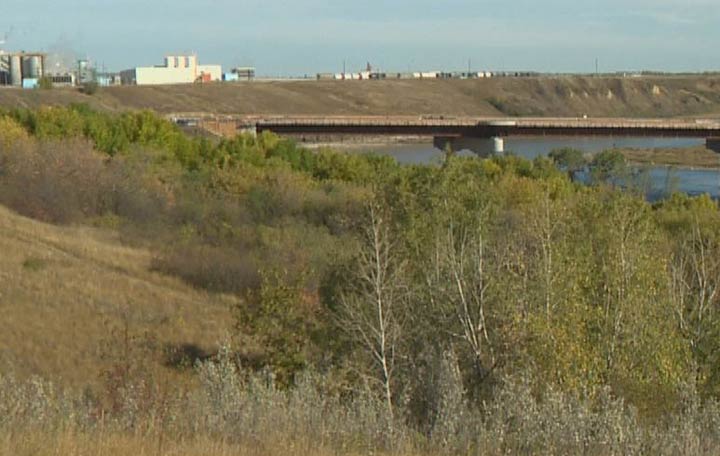The City of Saskatoon said many considerations were made in order to help conserve and protect the northeast swale before and during construction of the McOrmond Drive and Central Avenue extensions.

The swale is located in the northeastern area of Saskatoon and has long been regarded as a diverse environment that contains native prairie grasslands and several culturally-significant animal species.
The McOrmond Drive and Central Avenue extensions, and the Chief Mistawasis Bridge now link the Marquis Industrial area with the University Heights area. It is estimated that over 20,000 vehicles will use it daily.
City officials said wildlife-friendly features have been built into the extensions to help conserve and protect the swale, as well as the wetlands, wildlife, and grasslands within it.
These design features include:
- reduced speed limit on narrowed roadways to help prevent wildlife collisions;
- fencing along a portion of Central to reduce the amount of animal-human interactions;
- signage in place for the safety of both drivers and wildlife;
- custom grass around the swales to help with invasive species prevention; and
- built-in crossings under roads for the safe movement of small animals.
Additionally, rain on the roads flows into sedimentation basins before the water is discharged into the swale for natural contamination control.
Saskatoon celebrated the completion of its largest bridge-building project on Oct. 2.
The project includes the Chief Mistawasis Bridge, McOrmond Drive and Central Avenue extensions, as well as the new Traffic Bridge.


Comments